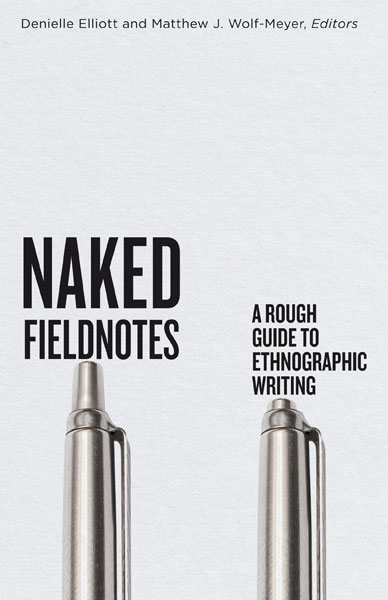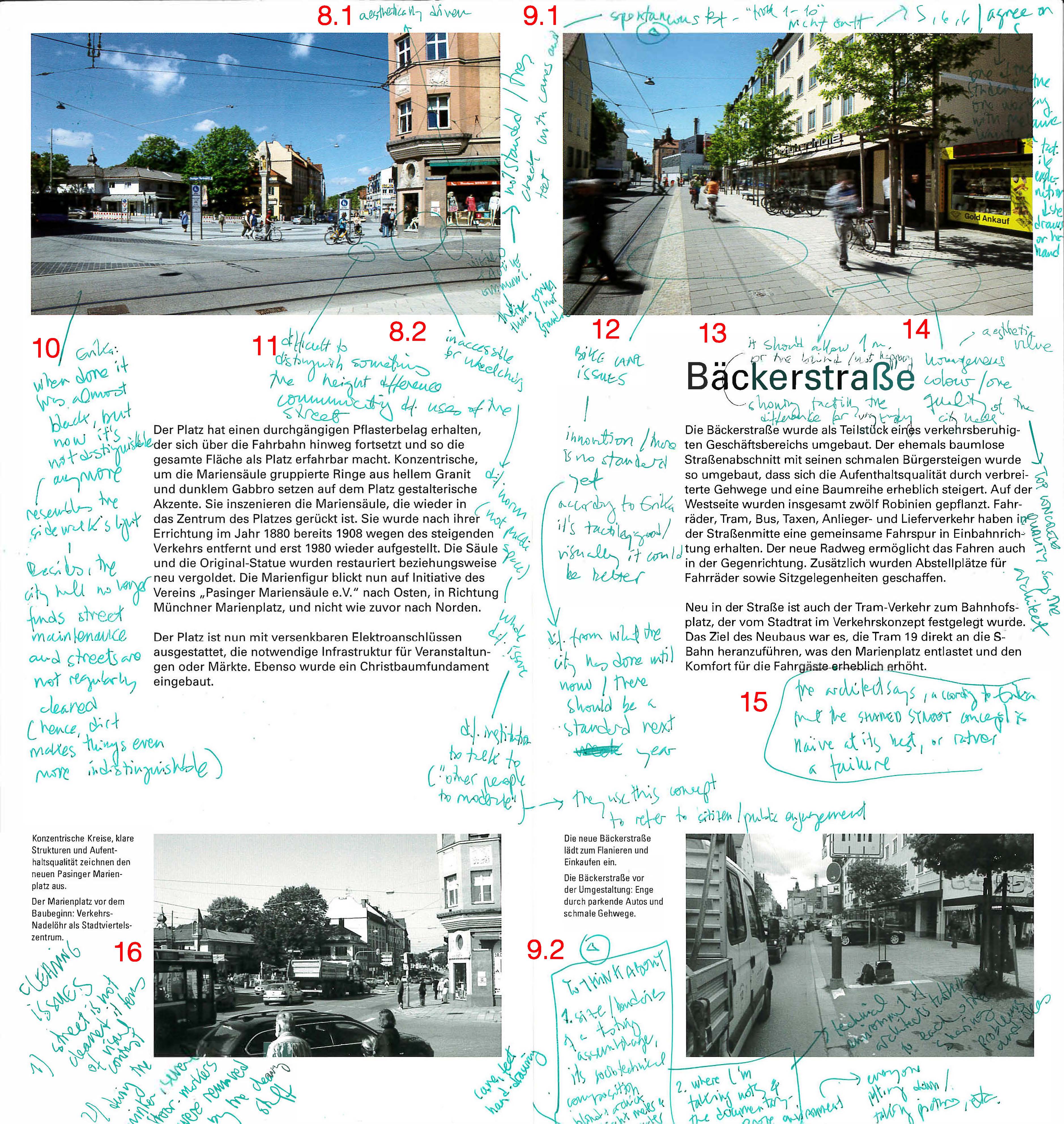Denielle Elliott & Matthew J. Wolf-Meyer have been for the last years working on a much-needed compilation on the art of fieldnotes, called Naked Fieldnotes. A Rough Guide to Ethnographic Writing. The volume has been recently published by Minnesota University Press.

In their words:
Unlocking the experience of conducting qualitative research, Naked Fieldnotes pairs fieldnotes based on observations, interviews, and other contemporary modes of recording research encounters with short, reflective essays, offering rich examples of how fieldnotes are shaped by research experiences. By granting access to these personal archives, the contributors unsettle taboos about the privacy of ethnographic writing and give scholars a diverse, multimodal approach to conceptualizing and doing ethnographic fieldwork.
As they expound in the introduction:
The practice of writing a fieldnote— what goes in, what is left out, who the audience is— is a difficult one to acquire, which is belied by the breadth of books and classes that purport to teach novice ethnographers to write fieldnotes. Like any writing, fieldnotes are the outcome of a learned sensibility that can be acquired only through the practice of writing […] This is one of the persistent challenges of teaching ethnographic methods, particularly when most of what students learn about ethnographic writing and fieldnotes is inferred from exemplary ethnographies. Students want prescriptive, generic expectations of what goes into a fieldnote and what a fieldnote should look like, thereby ensuring their writing of “good” fieldnotes; as an index of this sentiment, a few exceptional (p. x)
Growing out of the frustrations we have had as novice ethnographers— and that we have shared with our students— this collection of fieldnotes is intended to dispel the myths about the charismatic nature of fieldnotes and ethnographers by providing readers with a diversity of techniques, generic experiments, and objects and processes of ethnographic investigation so as to show how research and writing are always shaped by the sensibilities of researchers and the shapes of the ethnographic projects they are conducting. Fieldnotes are always experimental in their attempts to capture that experience. (p.xi)
I very much wish to thank them for their invitation to share one of mine, titled:
Munich, Blind Activism, Participatory Urban Design, November 2015

This note is part of my attempt at doing fieldwork with the Bavarian Association for the Blind and Partially Sighted (BBSB). It captures one of the organization’s in/accessibility explorations of a square in Munich on November 12, 2015. This took place after the square had already been finalized by the city administration, an anomaly in how to involve disabled people in design projects. As the blind activists already knew, the square presented many inaccessibility issues. Doing fieldwork in a very graphic-intensive field like architecture requires one to think from the visual materials, so when I was handed the promotional brochure, including pictures and renderings, architectural diagrams, and an explanation of the urban intervention, I took a very fast decision: I put away my phone, which I used only to take my own pictures, mostly to remember the details they were talking about as well as the steps, and I opted to scribble on top of the brochure. I followed them for about three hours (from nine in the morning to noon) as they went about different aspects: the tactile differentiation of the creative pavements, the color differentiation of the pavements, and a few other things. My scribbled notes were rather nonlinear interjections, taken at different moments in the brochure. The pictures I took with my phone allowed me to have a sense of sequence afterward.
Recommended citation: Criado, T.S. (2024). Munich, blind activism, participatory urban design, November 2015. In D. Elliott & M. Wolf-Meyer (Eds.) Naked Fieldnotes: A Compendium of Raw and Unedited Ethnographic Research (pp. 59-70). Minnesota: Minnesota University Press | PDF